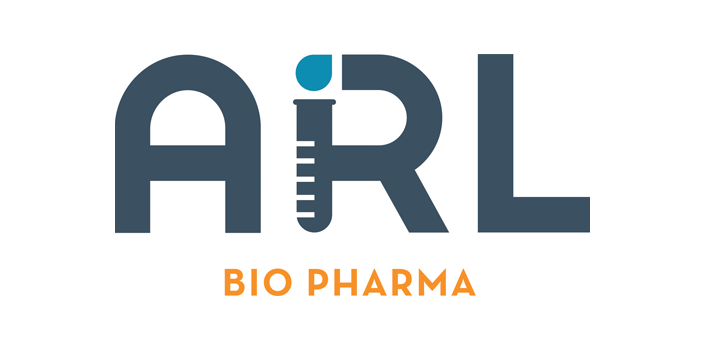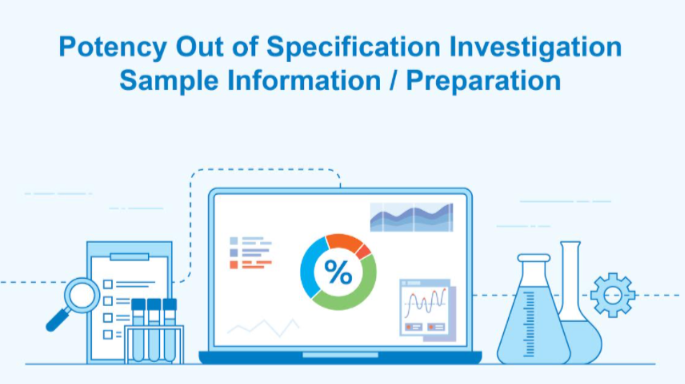OOS Investigation Part 1
United States Pharmacopeia monographs establish standards for identity, strength, quality, and purity of medicines. Monographs list tests and acceptance criteria (usually expressed in percentage ranges or limits). Drug substances and products should meet the acceptance criteria to be considered acceptable for its intended use. An Out of Specification (OOS) occurs when a test fails to meet acceptance criteria. An OOS Investigation follows an OOS test result and is performed to determine if there is a root cause. In this article we will look specifically at potential causes of potency OOS results of finished drug products. Understanding the factors that contributed to the potency failure allows the pharmacist and laboratory to define a strategic approach in eliminating future failures. The more specific the findings, the easier it is to properly address the cause.
If an OOS result occurs, the Food and Drug Administration requires:
• a valid reason must be determined to invalidate the OOS results (for it to be discarded)
• investigation into the cause of the OOS result must be conducted, and
• that the results from additional tests should not be averaged unless there is scientifically sound reason that results should be averaged.
The first steps of ARL Bio Pharma’s OOS investigation are to review the formulation sheet and test procedures.
Common causes of potency OOS results include:
Content Uniformity
Here we are specifically looking into how much drug is contained in individual dosage units such as tablets and capsules. Variation in the amount of drug in a capsule can come from many steps during the process (mixing and filling).
This is an example of potency data from individual dosage units without uniform drug content:
• Test result from capsule 1: 88%
• Test result from capsule 2: 92%
• Test result from capsule 3: 115%
The laboratory cannot average Test results 1, 2, and 3, because the data points to a content uniformity issue with the individual dosage units. According to FDA, all test results must appear on the Certificate of Analysis (COA) unless there is a clear, scientific reason the initial test result is invalid. To overcome non-uniform samples, ARL combines multiple individual dosage units into a single test sample. Even with this practice, pharmacies should understand if they are producing uniform drug products.
Recommendation:
• Test individual units from beginning, middle, and end to determine if uniformity is a root cause
• Properly blend drug with excipients
• Ensure uniform amount of blend is added to each dosage unit
Overfill: a commercial product is added to a pre-filled IV bag
If pharmacies do not account for overfill, potency test results are likely to be low. ARL offers a fill volume test to take a measurement of the solution in an IV bag. This measurement is used to calculate the final potency results.
Example: A pharmacy may begin with an IV bag labeled as containing 100mL, but the actual volume is more than 100mL. If the pharmacy calculates the amount of commercial product based on the IV bag labeled volume instead of the actual volume, the potency test results will be lower than expected and potentially OOS.
Recommendation:
• Check fill volume and account for the extra volume during compounding.
• Conduct a fill volume test to ensure correct solution measurement on potency results.
• Label the finished drug product with the amount of drug per bag instead of as a concentration.
Correct salt form or hydrate
If pharmacies do not account for salt forms, potency results will vary due to incorrect formulation calculations and test result reporting.
Example: Sildenafil vs. Sildenafil Citrate
If a pharmacy requests potency testing of the incorrect form of Sildenafil, the potency result will be off by at least 28% due to the molecular weight difference between these two forms of Sildenafil:
• Sildenafil Molecular Weight – 474.58
• Sildenafil Citrate Molecular Weight – 666.70
Recommendation:
• Check starting material certificate of analysis to verify the drug form
• Check the compounding formulation sheet to make sure the calculations are based on the drug form being used
• Always submit a formulation sheet with potency test requests
If a pharmacy does not account for the hydrate form, or water, in an API (active pharmaceutical ingredient), the potency test will give low results. Every API has some form of water.
Example: T3/T4 may have as much as 8% water. If water is not accounted for, the potency results will be sub-potent.
Recommendation:
Check water content on API before compounding. Remember that some APIs will absorb more water overtime. The more water absorbed, the lower the potency results will be.
Solubility issues
Here we are talking specifically about test sample preparation in the testing laboratory. Most compounded drug products require drug extraction and dilution procedures before testing. Sometimes multiple diluents (substances used to extract and dilute) are utilized.
Example:
A Bupivacaine HCl topical cream may need isopropyl alcohol to break down the cream portion, and then water to dissolve the API into solution for testing. However, these diluents may not be a suitable mix for the HPLC column, mobile phase, and even wavelength used to determine the results.
ARL Bio Pharma has over 22 years of testing experience to estimate the proper API extraction procedures. However, with the large variety of formulation tested, proper extraction is evaluated during the OOS investigation as a potential cause of the OOS result.
Spills
This refers to sample spills within the laboratory.
Example:
If liquid was spilled from a suspension sample before taking the sample for potency testing, the lab could not guarantee accurate results. Similarly, if a titration powder is spilled and the lab preps from the remainder, the chemist has not taken a representative sample.
ARL Bio Pharma contacts the client to determine how to proceed if a spill or leak has occurred. If a sample is spilled, the laboratory documents in the notebook and requests additional sample from the client.
Inaccurate volumetric transfer
This may occur if the incorrect volumetric flask is used when preparing a sample for HPLC testing.
Example:
A 200mL and a 250mL flask look very similar. Using the wrong flask can lead to inaccurate potency results.
ARL Bio Pharma looks for inaccurate volumetric transfers during the OOS investigation data review to ensure appropriate laboratory supplies are used.
Inaccurate weight
This refers to the weight of a cream/lotion/ointment/gel sample expressed as weight/volume.
Example:
Formulation sheets help identify the theoretical density of a solid sample matrix expressed as weight/volume. If the theoretical density is around one, but the chemist records a value significantly lower than the theoretical weight per 1ml, then re-tests are performed by a different chemist.
• Chemist 1 may weigh 0.9 grams for 1mL of sample as recorded on the notebook page.
• Chemist 2 retests the sample and weighs 0.98, two times, for 1 mL sample as recorded on the notebook page.
The information recorded on the notebook pages may indicate a problem with transferring of the material in the first test, which is usually caused by air pockets in the sample. If there are air pockets in the measured 1ml volume, then the true volume is not 1ml.
ARL Bio Pharma chemists are trained to transfer the sample without incorporating air into the sample.
Next month, we will examine OOS Investigations Part 2 and review raw data, standards and reagents, and trends.





